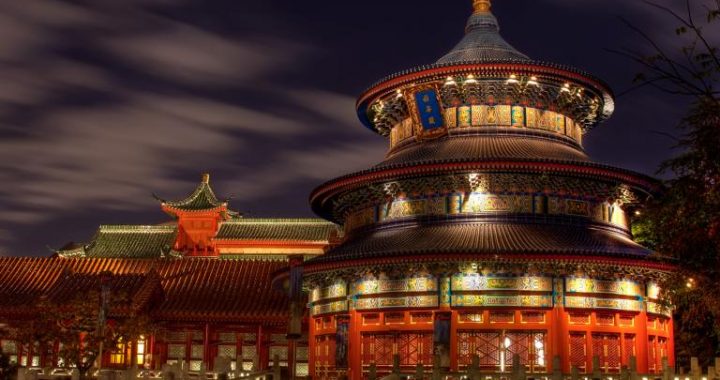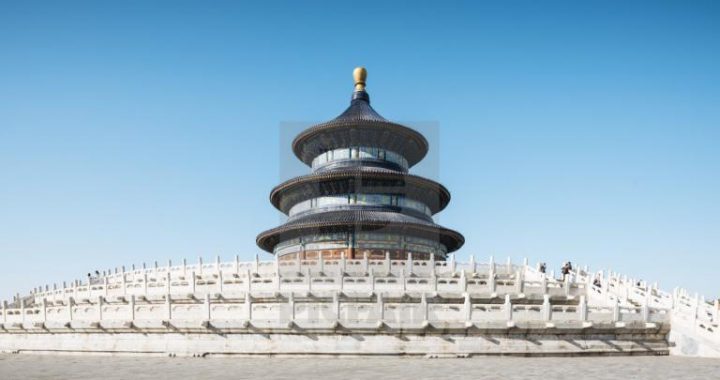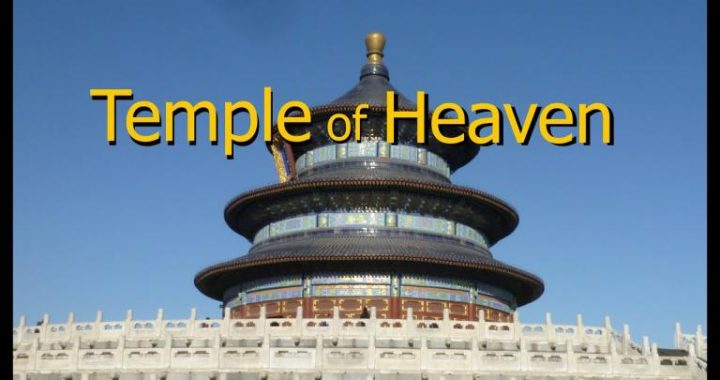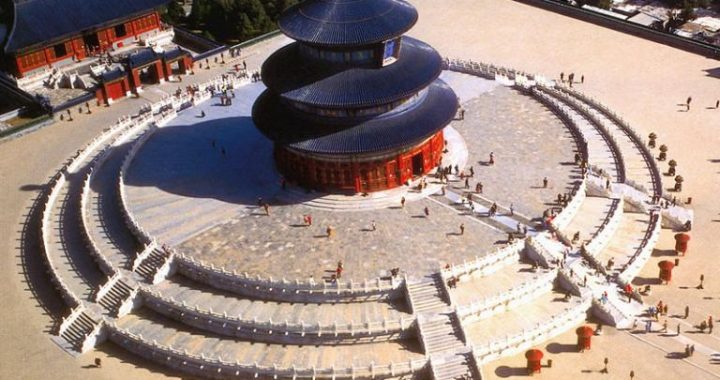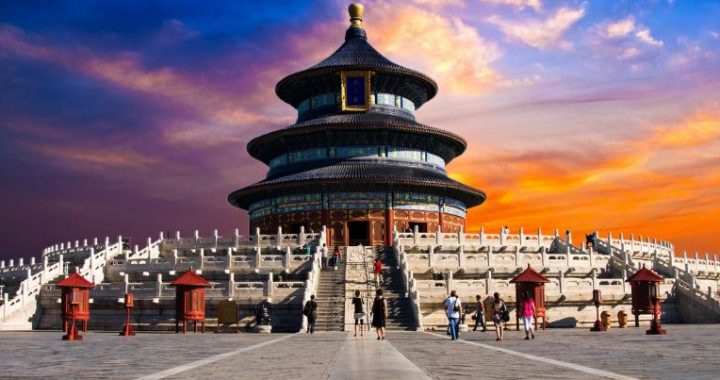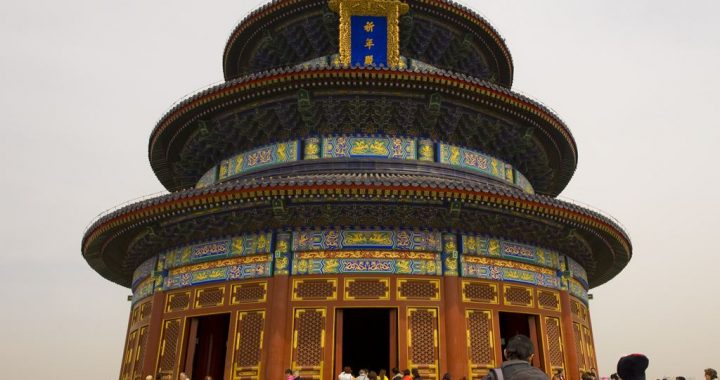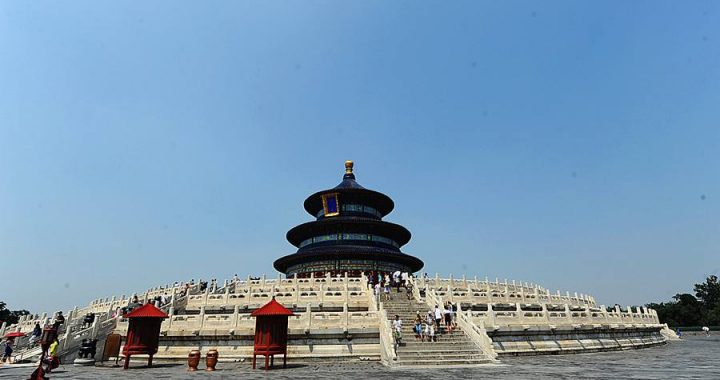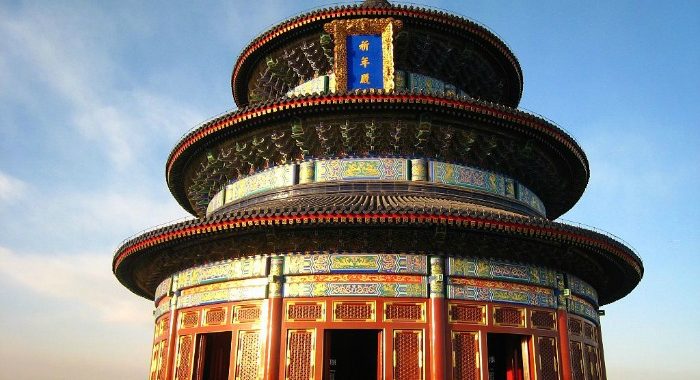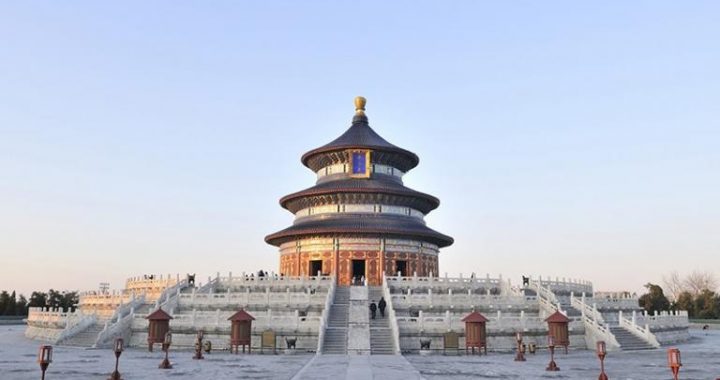The Hall of Prayer
3 min readThe Hall of Prayer for Good Harvest The highlight of the Temple of Heaven is the Hall of Prayer for Good Harvest.The hall was originally buit in 1420 based on a model of the Tem-ple of Heaven and Earth in Naning.At that time,it was called the Hall of Great Sacrifice.In 1530,the Temple of Earth was built in the northern part of Being,so only heaven was worshipped here.The hall was restored in 1751 and given its present name.In 1889,lightning caused extensive fire damage to the hall,but fortunately it was reconstructed.

The hall is a cone-shaped structure with triple eaves.Originally,the tri-ple eaves were painted in different colors.The top was blue,which sym-bolized Heaven,the middle was yellow to symbolize the emperor and thebottom was green to represent commoners.During the Emperor Qianlong’s reign(1736-1795),all the eaves were painted blue to follow the color of the sky.
A six meter high,triple-tiered circular stone terrace forms the base of the structure.The hall is 32 meters high and 30 meters in diameter.In the past,the hall was one of the highest buildings in Beiling.Despite its size,only 28 massive wooden pillars support the entire structure.
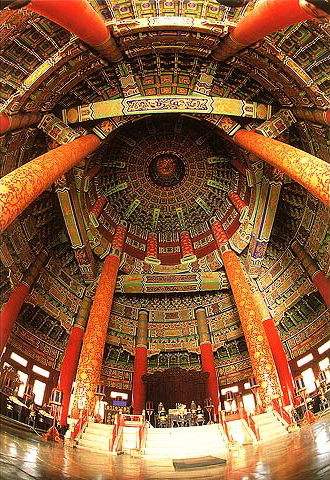
A number of wooden bars,laths and brackets join the entire structure together.Steel and cement were not used.The four large pillars in the cen-ter are known as the Drigon Well Pillars with each pillar representing one of the four seasons. The other 24 pillars are arranged in two circles surround-ing the four central ones. The 12 inner pillars represent the 12 months of the year and the 12 outer pillars represent the divisions of day and night.
The ceiling framework is extremely intricate. The first or the lowest roof rests on a circular framework that is supported by the 24 outer pillars. The second roof partially rests on the 12 inner pillars and partially in the circle it-self which is supported by crossbeams that are connected to the four Drag-on Well Pillars. The third and highest roof rests on the four central pillarsand on eight shorter pillars that are built on the same circular framework.A dragon is carved into the center of the ceiling and it represents supreme power and royalty.
A round marble stone called the dragon and Phoenix stone lies in the center of the room. Its name comes from pattern of the stone which resem-bles a dragon and phoenix.
The tablets of heaven and the tablets of dead emperor are found on the platforms. The tablets of heaven are in the center. Silk fabrics, iade carvings, fruit wines and other such items were placed in front of each tab-let as an offering. Also,a pig, sheep or a cow was sacrificed at each cere-mony.
Rectangular, blue-roofed buildings stood on either side of the court-yard. These buildings originally served as annexes; however, the west building is now a souvenir shop and the east one is an exhibition room for all the musical instruments used in the ceremony.
The Hall of Zenith is located on the lower level north of the Hall of Pray-er for Good Harvest. The tablets for the ceremony of prayer were usually kept in the Hall of Zenith. There are many wax statutes that ilustrate what an imperial ceremony was like.
